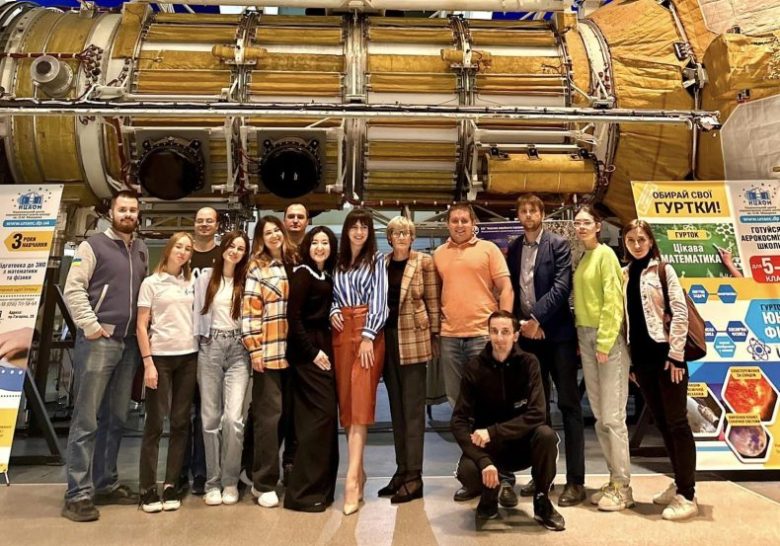World Space Week, which was celebrated by space enthusiasts around the world from October 4 to 10, was particularly rich and interesting in Ukraine. Noosphere organized a number of online and offline events for space fans of all ages and from across the country.
On October 6, the Space Shots film event was held at the National Center for Youth Aerospace Education. Guests watched clips of popular sci fi films like Stowaway, Gravity, and The Wandering Earth. At the event, attendees heard from experienced experts, including head of the sector at Flight Control Propulsion Vladyslav Taran and astronomer and popular science educator Ludmila Marchenko to help them distinguish cinematic myth from scientific reality. Noosphere project coordinator Serhiy Perun moderated the discussion.
More than 40 attendees joined the scientific and cinematic discussion in person, with a similar number joining online.
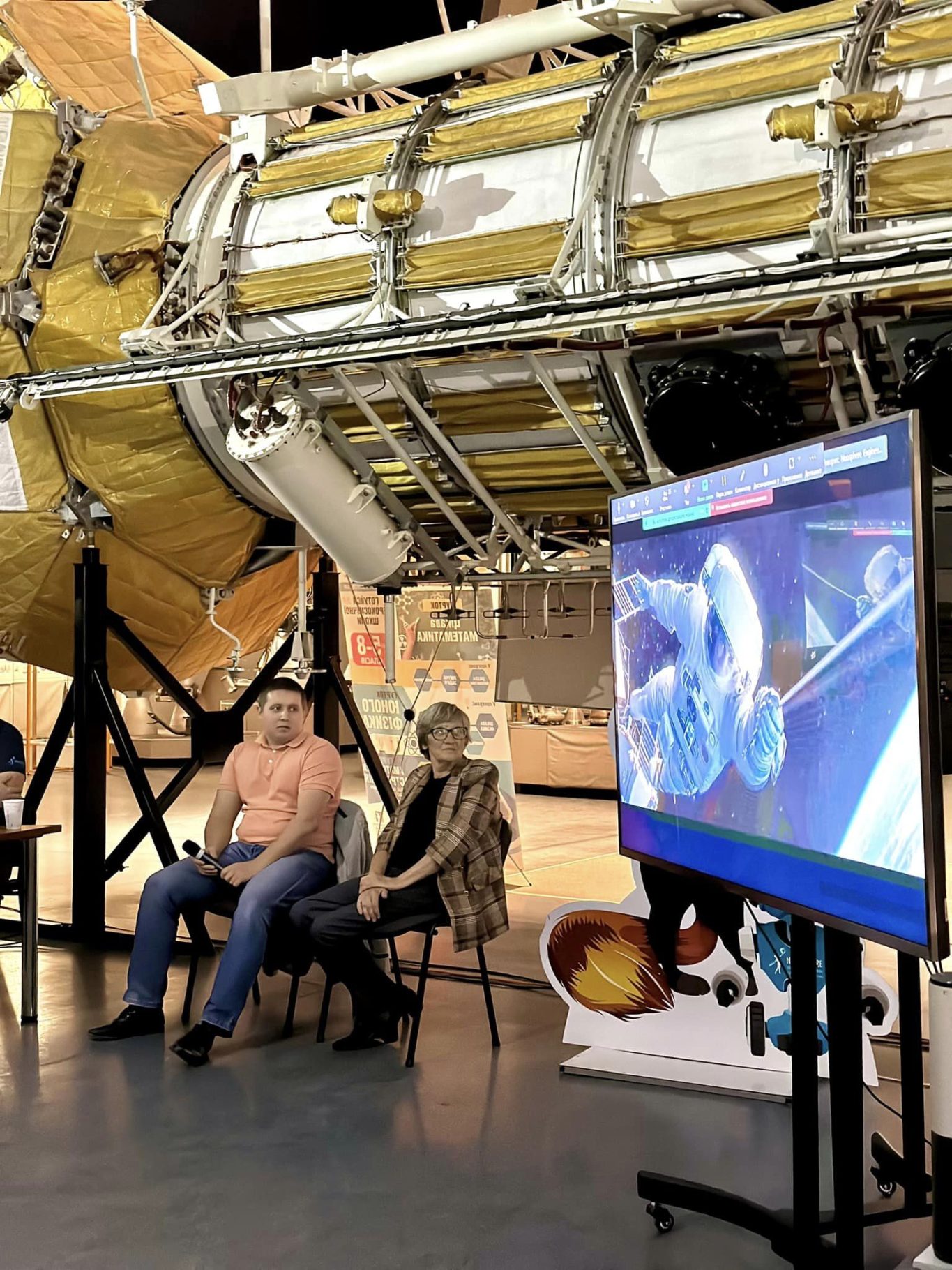
Registration for the VEXcode VR Space Maze Challenge robotics competition opened on October 5. Participants aged 7 to 18 will program their VR robot and virtually send it to the International Space Station, where they will perform tasks at various locations. The event will take place online. Registration is still open, so all details can be found on the event’s Facebook page.
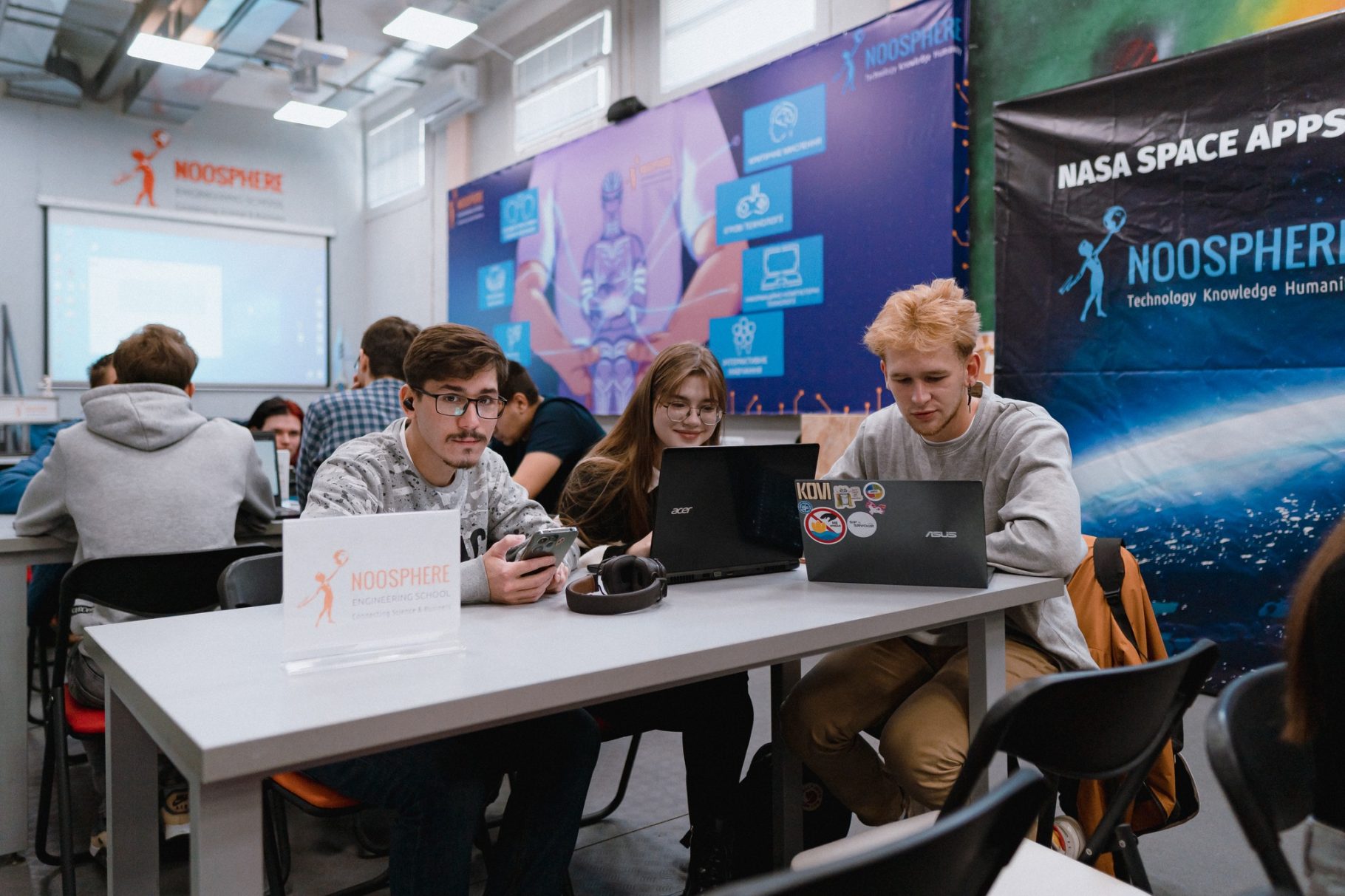
The NASA Space Apps Challenge Dnipro, the local stage of the largest space hackathon, took place on October 7-8. Over the course of 48 hours, students, scientists, programmers, engineers and even schoolchildren worked together in teams, solved practical tasks, and prepared to present them to a jury. This year, the Dnipro stage of the hackathon brought together a record-breaking 245 participants.
The teams presented a total of 37 projects. The jury named the following winners:
Einstein’s sect – a neural network that can predict the planetary index (PI) of a planet based on new solar wind data in real time.
Titans2.0 – a board game about survival on Saturn’s moon Titan. The main goal is to survive with limited resources and successfully colonize the planet.
ISCIPKPI – a digital 3D lunar globe that displays seismic data.
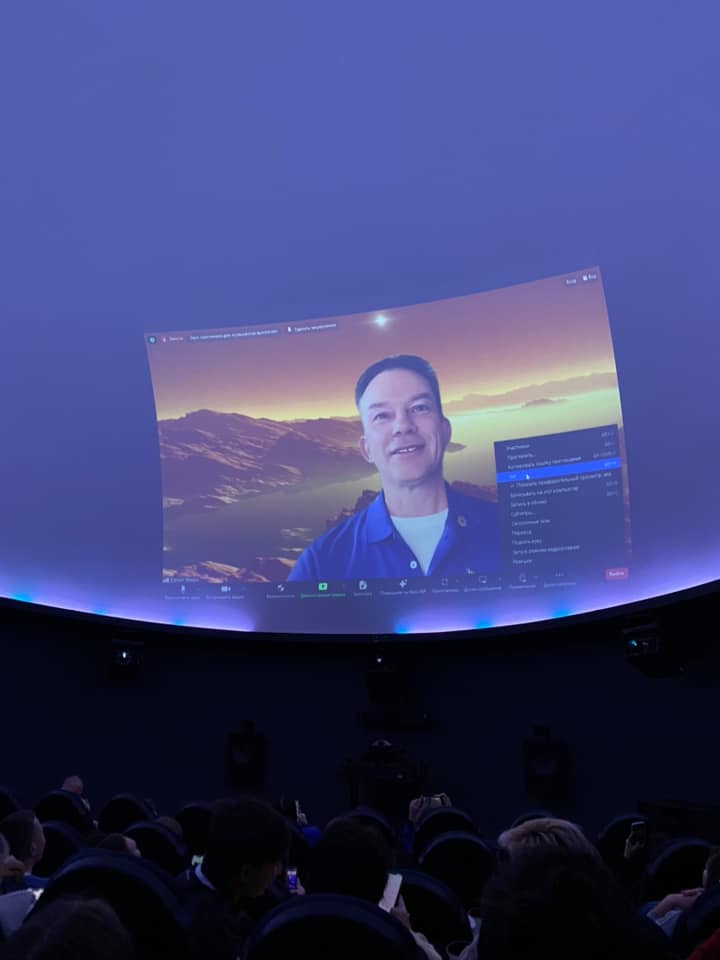
On October 10, a lecture was held by Conor Nixon, a planetary scientist and head of the Planetary Systems Laboratory at NASA’s Goddard Space Flight Center. 70 attendees gathered at the Noosphere Planetarium, while another 200 tuned in online to hear about the James Webb Telescope and its images of our solar system. Listeners had the opportunity to ask questions to the speaker. In particular, they were interested in the possibility of discovering life on exoplanets, and the probability of the existence of the mysterious planet X.
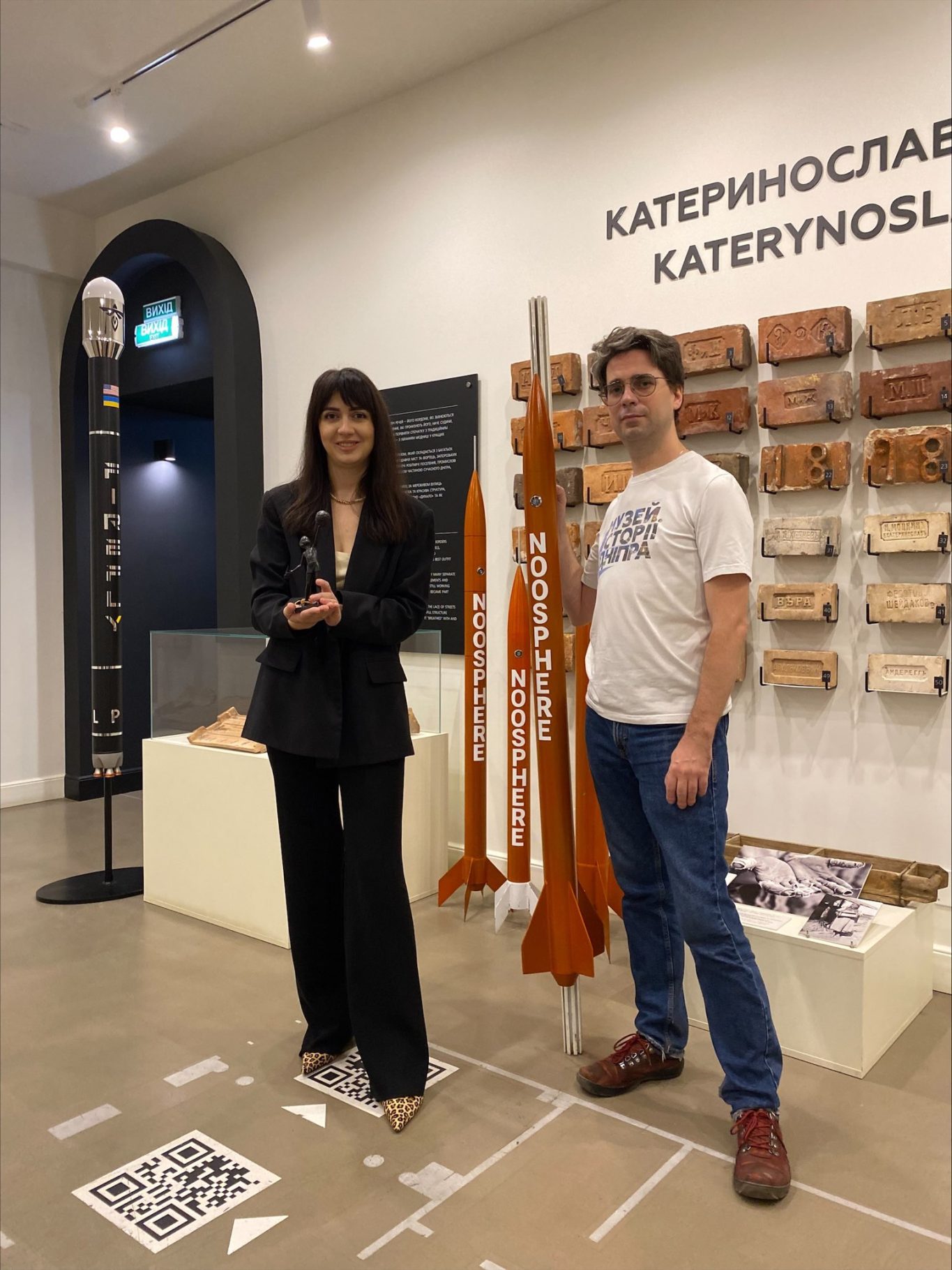
Association Noosphere also partnered with the Dnipro History Museum to build their exhibition on the city’s space history. The hall is currently at the design stage, and soon visitors to the museum will be able to get acquainted with the history of the space industry in Dnipro and Ukraine’s modern achievements in the study and research of space.
